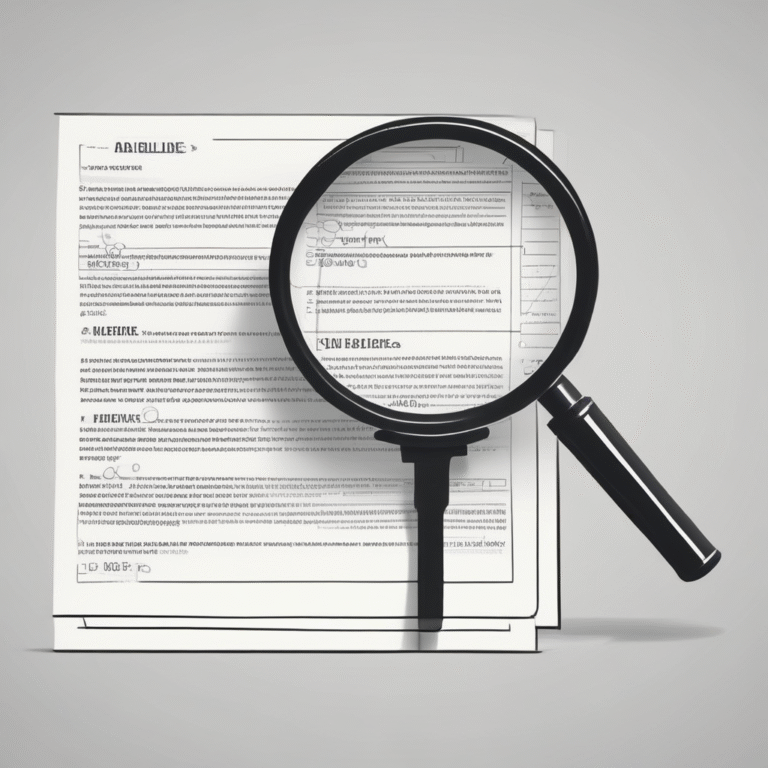Introduction to Compliance Management Systems (CMS)
In today’s complex regulatory landscape, organizations face increasing pressure to ensure that their operations comply with a myriad of rules and standards. Compliance Management Systems (CMS) have emerged as essential frameworks designed to help organizations navigate these challenges. A CMS integrates tools, processes, and controls, facilitating adherence to legal and regulatory requirements. The importance of a robust compliance management system cannot be overstated, as it not only safeguards an organization’s reputation but also enhances operational efficiency and mitigates potential risks.
Components of a Compliance Management System
Compliance Culture
At the heart of any successful CMS is a strong compliance culture. This involves fostering an organizational mindset that prioritizes ethical behavior and adherence to regulations. Leadership plays a crucial role in setting the tone for compliance, ensuring that every employee understands the importance of following established protocols.
Compliance Objectives
Setting clear, measurable compliance objectives aligned with legal and regulatory requirements is vital. These objectives guide the development and implementation of compliance policies and procedures, helping organizations maintain focus and direction.
Compliance Risks
Identifying and assessing potential compliance risks is a fundamental component of a CMS. Organizations must conduct thorough risk assessments to pinpoint vulnerabilities and implement strategies to mitigate these risks effectively.
Compliance Program
A comprehensive compliance program includes the development and implementation of policies and procedures that ensure regulatory adherence. This program should be dynamic, allowing for updates in response to regulatory changes and organizational growth.
Compliance Organization
Structuring roles and responsibilities within the organization is essential for effective compliance management. Clearly defined roles ensure accountability and streamline compliance efforts, empowering teams to execute their duties efficiently.
Compliance Communication
Effective communication across the organization is crucial for the success of a CMS. Regular updates, training sessions, and open lines of communication help in disseminating compliance-related information and reinforcing the importance of adherence.
Compliance Monitoring and Improvement
Continuous monitoring and improvement of compliance processes are necessary to adapt to changing regulations and business environments. Regular audits and assessments help organizations identify areas for improvement and implement corrective actions promptly.
Operational Framework
Policy and Procedure Management
Creating and regularly updating policies and procedures form the backbone of an effective CMS. This ensures that the organization remains aligned with current regulations and best practices.
Risk Assessment and Mitigation
Regular risk assessments help organizations identify potential compliance issues and implement strategies to mitigate them. This proactive approach minimizes the likelihood of compliance breaches.
Monitoring and Auditing
Conducting regular audits and monitoring compliance activities are essential for ensuring adherence to established policies and procedures. These activities help identify non-compliance issues early, allowing for timely intervention.
Training and Awareness
Educating employees about their compliance obligations is crucial for maintaining a culture of compliance. Regular training sessions and awareness programs ensure that all employees understand their roles in upholding compliance standards.
Incident Management
Effective incident management involves having a structured approach to handling compliance breaches. This includes identifying the root cause, implementing corrective actions, and preventing future occurrences.
Real-World Examples and Case Studies
Successful implementation of compliance management systems can be observed across various industries. For instance, COMPLY’s modern broker feed platform exemplifies how cloud-native solutions simplify compliance processes, allowing organizations to achieve high automation rates with minimal IT intervention. Moreover, AI-powered compliance tools are increasingly popular, providing automated reporting, dynamic risk assessments, and predictive analytics to preemptively identify risk patterns.
Actionable Insights
Best Practices
- Regularly review and update compliance policies to ensure they remain relevant and effective.
- Implement a comprehensive training program to educate employees on compliance obligations and best practices.
- Leverage technology to automate compliance processes, enhancing efficiency and accuracy.
Frameworks and Methodologies
- Utilize frameworks like ISO 19600 or COSO to structure compliance management effectively.
- Adopt agile methodologies to facilitate continuous improvement and adaptability.
Tools and Platforms
- Invest in GRC (Governance, Risk, and Compliance) software solutions to streamline compliance management.
- Implement compliance management platforms to enhance monitoring and reporting capabilities.
Challenges & Solutions
Common Challenges
- Limited resources allocated to compliance management.
- The complexity of navigating diverse regulatory environments.
- Ensuring employee engagement and awareness of compliance requirements.
Solutions
- Prioritize compliance as a core business function, integrating it into everyday operations.
- Utilize technology to streamline and automate compliance processes, reducing the burden on resources.
- Foster a strong compliance culture through leadership commitment and clear communication.
Latest Trends & Future Outlook
Shift to Strategic Compliance
Organizations are moving from a check-the-box approach to strategic compliance management, which integrates compliance into broader business strategies. This shift enhances the value of compliance efforts by aligning them with organizational objectives.
Role of Technology
The increasing use of automation and AI in compliance management is transforming how organizations approach regulatory adherence. These technologies offer enhanced efficiency, accuracy, and predictive capabilities.
Global Regulatory Changes
Organizations must remain agile to adapt to evolving international regulations and standards. This requires ongoing monitoring of regulatory changes and proactive adjustments to compliance strategies.
Future of Compliance Management
The integration of compliance management with broader risk management strategies and business operations will be crucial for future success. By adopting a holistic approach, organizations can better navigate the complexities of the regulatory landscape and maintain a competitive edge.
Conclusion
In conclusion, a well-structured Compliance Management System is indispensable for organizations aiming to navigate the intricate web of regulatory requirements. By fostering a compliance culture, establishing clear objectives, and leveraging technology, organizations can effectively manage risks and ensure adherence to regulations. As we look to the future, the integration of compliance management with broader strategic initiatives will be key to unlocking success in an increasingly complex regulatory environment. By prioritizing proactive compliance strategies and staying abreast of technological advancements, organizations can maintain resilience and competitive advantage in 2025 and beyond.










